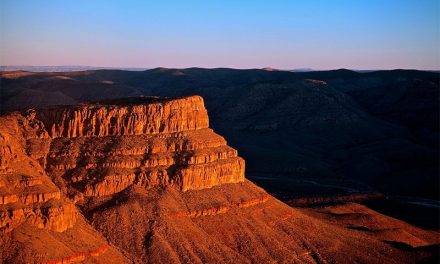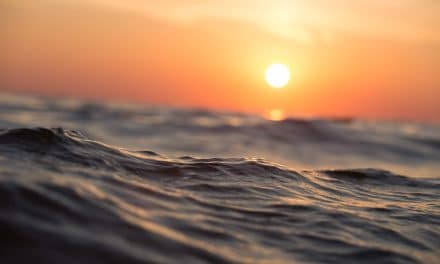Though the interest in black and white photography has somewhat eased over the years, it has withheld the test of time and become a classic technique which is still widely used today. Understandably so, considering how great black and white photographs look when they are done well–especially landscape photography.
Luckily for us, we had our photography forefathers, like Ansel Adams, who helped set the standard for black and white landscape photography and to create an appeal to the medium which has managed to survive the digital revolution–still holding the hearts of many despite the beautiful colors and tones we are now capable of capturing thanks to modern technology and post processing techniques like HDR.
From Color To Black & White
So, just how would a modern photographer who has shot landscapes in all their colorful glory go about trying their hands out at black and white landscape photography? The good news is, it’s not a whole lot different from what we’re used to, but there are a few key things you should be keeping in mind.
For starters, keep shooting in color and shoot in RAW. Letting your camera do the black and white conversion works, but I prefer to retain complete creative control and convert the images myself in post processing. Another reason is some photos will just look better in full color and if you’ve shot it in black and white, you may be missing out on a great shot. Shooting in color gives you the flexibility to have it both ways.
Before You Shoot: Visualize
As you’re composing your image, it’s important to pre-visualize what your shot will look like in black and white. As you’re looking at the scene, make a special note of any lines, shapes, and shadows or contrast–those three things can make or break a black and white composition since they will be what attracts the viewer’s eye the most. Things such as textures and patterns will also add interest to black and white landscapes.
Since you won’t have the power of color theory to work with, you’ll need to pay extra attention to the other compositional techniques so you’re getting the most out of your landscape. Think in terms of tones (shades of grey) rather than in colors. In general, you’ll want to incorporate some contrast–bright whites, dark blacks, and a range of grays–for the most powerful landscapes.
Good Lighting Is King
As always, having awesome lighting drastically increases the awesomeness of a photo in general. This holds especially true in black and white landscape photography. So, pay attention to the sky and cloud patterns. Wide open, clear blue skies are my last choice, whereas cloudy skies add more drama to the the composition and can provide interesting lighting patterns (shadows) on the ground. Double win!
Not An Afterthought
During it’s evolution, black and white photography has become somewhat of a crutch to color photography. It’s not uncommon to see a mediocre color photo converted to black and white with the hopes the conversion will somehow magically make it a great photo. There are times when this phenomenon actually works, but thinking of black and white landscape photography as way to fix a color photo may not be the best attitude to approach things with. Rather, start composing with the intent to convert to black and white and you’re skills will improve in a much more impressive fashion!
Photo license link: CC BY 2.0













